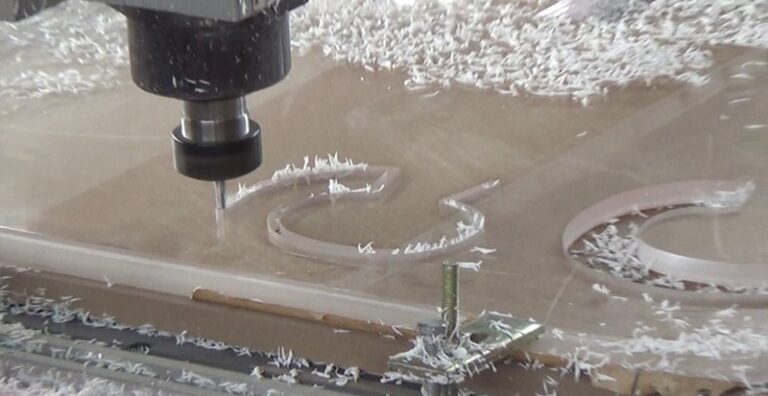The Comprehensive Guide to Bismuth: Properties, Uses, and Applications
Bismuth, with its unique properties and versatile applications, stands out among the elements of the periodic table. From its iridescent crystalline structure to its role in various industries, bismuth holds significance in both scientific research and everyday life.
This comprehensive guide explores the properties, uses, and applications of bismuth, shedding light on its fascinating characteristics and diverse functionalities.
Bismuth, with the chemical symbol Bi and atomic number 83, is a post-transition metal that sits in Group 15 of the periodic table. It possesses several distinct properties that set it apart from other elements.
One of the most notable features of bismuth is its iridescent oxide surface, which gives it a unique appearance. This characteristic makes bismuth a popular choice for decorative purposes and artistic endeavors.
Physical and Chemical Properties
Bismuth exhibits fascinating physical and chemical properties that make it valuable in various applications:
- Metallic Appearance: While bismuth is typically silvery-white in its pure form, it often displays a range of colors due to its oxide layer. This iridescence adds to its aesthetic appeal and makes it a sought-after material in jewelry and art.
- Low Thermal Conductivity: Bismuth has exceptionally low thermal conductivity, which makes it useful in applications where thermal insulation is required, such as fire detection systems and thermal barrier coatings.
- Diamagnetic Properties: Bismuth is diamagnetic, meaning it repels magnetic fields. This property makes it useful in certain electronic and magnetic applications.
- Low Toxicity: Unlike many other heavy metals, bismuth is relatively non-toxic to humans and has been used historically in medicinal preparations.
Applications of Bismuth
The Bismuth Smith, a post-transition metal with unique properties, finds applications across various industries due to its distinctive characteristics. Some of the key applications of bismuth include:
- Pharmaceuticals: Bismuth compounds have a long history of use in medicinal preparations. Bismuth subsalicylate, for example, is a common ingredient in over-the-counter medications for treating gastrointestinal issues such as diarrhea and peptic ulcers. Bismuth compounds are valued for their anti-inflammatory and antimicrobial properties.
- Cosmetics and Pigments: Bismuth oxychloride, a shimmering white pigment, is widely used in cosmetics, particularly in products like eyeshadows, nail polishes, and lipsticks. Its ability to create a pearlescent effect makes it a popular choice in the beauty industry.
- Alloys: Bismuth is often alloyed with other metals to create materials with specific properties. Bismuth-tin alloys, for instance, have low melting points and are commonly used in soldering electronic components. Bismuth is also added to alloys for casting, machining, and fusible alloys.
- Fire Detection Systems: Bismuth oxide is utilized in fire detection systems due to its low melting point and thermal conductivity. When exposed to heat, bismuth oxide undergoes a phase transition, triggering an electrical signal that detects fires. This property makes it valuable in smoke detectors and fire alarms.
- Nuclear Applications: Bismuth is employed in nuclear reactors as a neutron absorber and in shielding applications due to its ability to absorb gamma radiation effectively. Bismuth-based compounds are also used in radiation shielding materials to protect workers and the environment from harmful radiation exposure.
- Thermoelectric Materials: Bismuth-based materials are being explored for use in thermoelectric applications. These materials can convert waste heat into electricity, offering potential applications in energy harvesting and waste heat recovery systems.
- Topological Insulators: Bismuth has been identified as a topological insulator, a material that conducts electricity on its surface while insulating in its interior. These unique electronic properties make bismuth-based materials promising candidates for advanced electronic devices, including those used in quantum computing.
- Biodegradable Electronics: Bismuth-containing compounds are being investigated for use in biodegradable electronics. Due to their low toxicity and biocompatibility, bismuth-based materials could be suitable for temporary medical implants and environmentally friendly electronic devices that degrade safely after use.
These applications demonstrate the versatility and importance of bismuth across various industries, from healthcare and cosmetics to electronics and nuclear energy. As research into bismuth continues, its potential to address emerging challenges and contribute to technological advancements remains significant.
Recent Advances and Future Outlook
In recent years, research into bismuth’s properties and potential applications has expanded significantly. Some of the notable developments include:
- Thermoelectric Materials: Bismuth has emerged as a promising material for thermoelectric applications due to its low thermal conductivity and high Seebeck coefficient. Researchers are exploring its use in thermoelectric generators for waste heat recovery and energy harvesting.
- Topological Insulators: Bismuth-based materials have been identified as topological insulators, which exhibit unique electronic properties that make them promising candidates for quantum computing and other advanced electronic devices.
- Biodegradable Electronics: Bismuth-containing compounds are being investigated for use in biodegradable electronics, where their low toxicity and biocompatibility make them suitable for temporary medical implants and environmentally friendly electronic devices.
Looking ahead, the future of bismuth seems promising, with ongoing research aimed at unlocking its full potential across a wide range of fields.
Conclusion
Bismuth, with its distinctive properties and diverse applications, holds significant promise in various industries. From its use in pharmaceuticals and cosmetics to its role in advanced electronic devices and nuclear applications, bismuth continues to captivate scientists, engineers, and innovators worldwide. As research into its properties expands and technology evolves, the potential for bismuth to contribute to advancements in medicine, electronics, and materials science appears boundless. Whether in the form of a colorful crystal or a critical component in cutting-edge technology, bismuth remains a fascinating element with a bright future ahead.




